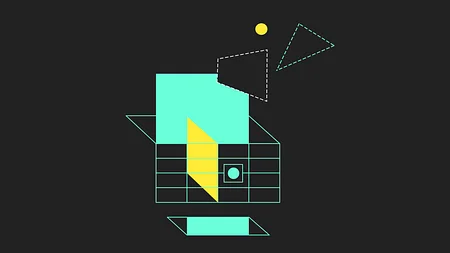What are the challenges facing the modern Delivery Lead?

The modern day Delivery Lead has evolved in recent years and now the position has a whole host of new challenges to deal with. 11:FS Head of Delivery Adam Davis explores what that really means.
Changes to the modern day Delivery Lead mean that the role is a hybrid of product manager, project manager, and Scrum Master. Influences on these changes include: the rise of more accessible tools (including communication tools like Slack and Asana), a rise of the ‘venture’ mindset from stakeholders, and the growth of startups alongside the impact they’ve had on the speed of product delivery.
These changes have caused a seismic shift in expectations on the rate of product releases into production from circa monthly to current best in class, which is now multiple times a day. It is inevitable that the necessary personality traits to excel at the role of a Delivery Lead have changed alongside the developments in the role.
Delivery Lead characteristics
For us at 11:FS, we look specifically for three types of character traits that we feel contribute to the right fit for our projects. If we are going to model it - it would place emphasis on the technical (an understanding of the build, how and why we are building), the social (as per the ability to get on with people, be empathetic, and be a lead that everyone turns to and trusts) and passion (for the product / project and industry that we work, that drives performance, work ethic).
The requirement for a modern day Delivery Lead is akin to a conductor, at their disposal is an orchestra of highly specialised players aiming to work in concert together - bringing previously shielded disciplines to the foreground.
Core to any Delivery Lead is a deep-seated understanding of all the disciplines incorporated in their team: a grasp across customer needs (how to conduct the right research to achieve customer fit), product and design (how to translate those insights into a feature list), understanding of the market (a knowledge of ‘best in class’ in the particular field you practice), engineering (how to scale cross functional build teams and align working practices, releases and comms to deliver on a feature list) and operations (how to put in place the processes, toolkits and cadence to deliver the other disciplines). What we and other forward-focused companies look for, is someone who can be parachuted into any of those elements and be able to adequately replace the leads on each - even if it’s just for a meeting.
The difference between management and delivery
The modern Delivery Lead has different responsibilities to client or stakeholder management. One may be fortunate enough to possess the skills to straddle both, but it doesn’t mean they should, or that it’s the best dynamic to progress a product or new business line. It depends on the engagement, the product and the business being created.
A Delivery Lead should, in application, be focused on the delivery - not as a methodical planner or executor, but someone who has encyclopaedic knowledge of the current sprint metrics, technology, and product roadmaps, operational processes and contractual relationships within a project.
This is not a CEO - this is someone whose role is finite. Client / stakeholder management is different in application, although the character traits required (technical / social / passion for the product) are similar. However, the ability to become a partner to the person whose career is on the line for the delivery you are overseeing is crucial - delivery leads who do this could compromise their work - it means having a focused determination on delivery that overarches customer, product, and engineering - few have the time or ability to support both.
Always be prepared
Deciding if one person should perform both roles or if it should be separate people, depends on a multitude of different inputs. The abiding principle is that even if we get it right initially, it might not last. And that’s not a problem.
One of the main delivery reviews we perform at 11:FS is looking at the delivery model underpinned by a selection of metrics that provides us insight into the efficiency of an ongoing project. Things change, needs move, and what might have been right for the beginning of a project might change through its’ lifetime. The important thing is to be proactive even if things are running tip top, it’s about foreseeing the future and acting accordingly.
Modern Delivery Leads need to take control of stakeholder management, perfect cross team communication, potentially advocate the customers position, or manage the operational processes that sit behind any product or project.
If you feel up to the task, and you think you’ve got the necessary characteristics to be a modern day Delivery Lead, submit your CV here.



